19 Popular Cat Myths You Shouldn’t Fall For
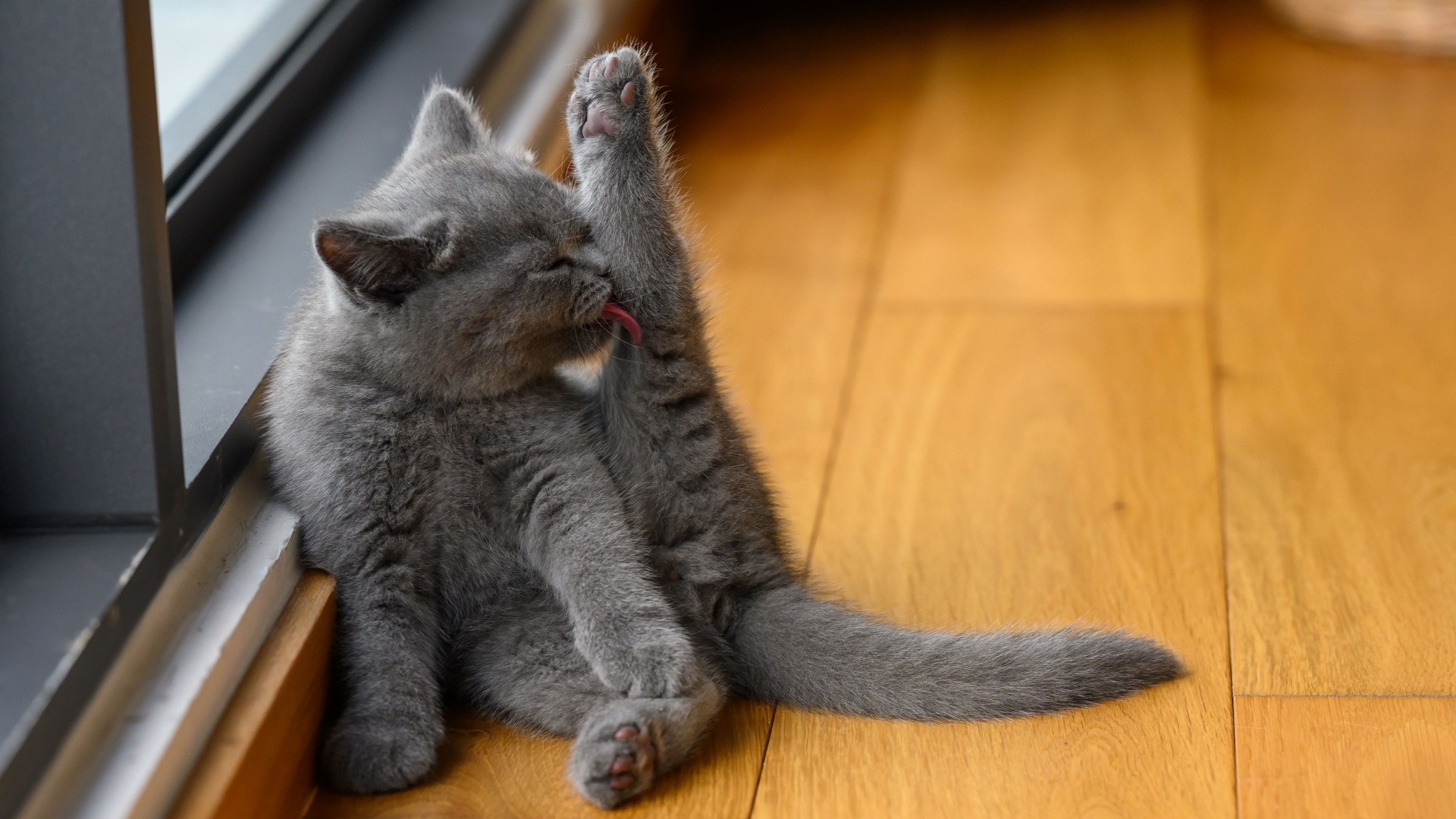
Cats may be mysterious, but that doesn’t mean everything you’ve heard about them is true. From superstition-fueled tales to old-school advice, feline myths are everywhere – and some are downright wild.
Whether it’s the idea that cats always land on their feet or that purring means pure joy, it’s time to separate fact from fiction. Let’s bust some of the most popular cat myths you really shouldn’t fall for.
1. Cats Always Land On Their Feet
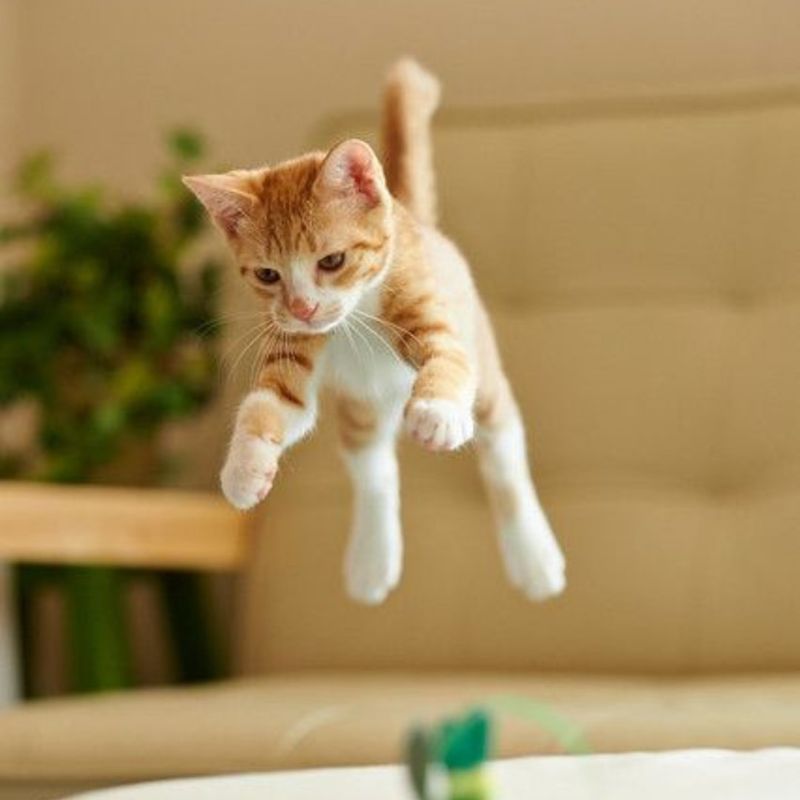
It’s a common belief that cats always land on their feet, but that’s not entirely true.
While they’re incredibly agile and can often twist mid-air to right themselves, factors like height and landing surface matter. A fall from too low or an awkward position may not give them enough time to react, increasing the risk of injury.
Creating a safe environment is key to keeping your feline friend out of harm’s way.
2. Cats Have Nine Lives

The myth of cats having nine lives is an old legend, possibly originating from their skillful agility and survival instincts. This doesn’t mean they’re immortal!
Cats are curious by nature, which sometimes gets them into tricky situations. Responsible pet care includes keeping them out of danger as they only have one precious life to live.
Curious behavior isn’t a ticket to invulnerability.
3. Black Cats Bring Bad Luck
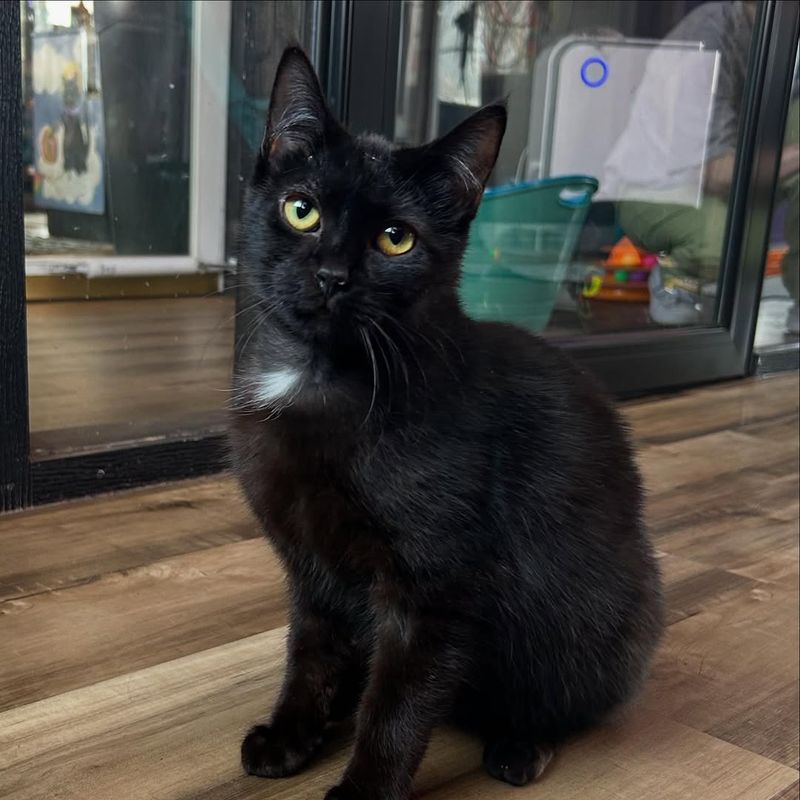
Black cats have been subject to superstition, often linked to bad luck or witchcraft. In reality, they’re just as loving as any other feline. In some cultures, black cats are considered harbingers of good fortune.
Those glossy, ebony fur balls deserve as much love as their multicolored counterparts.
Adopt one and experience how they bring joy, rather than misfortune, into your life.
4. Cats Are Aloof And Unfriendly
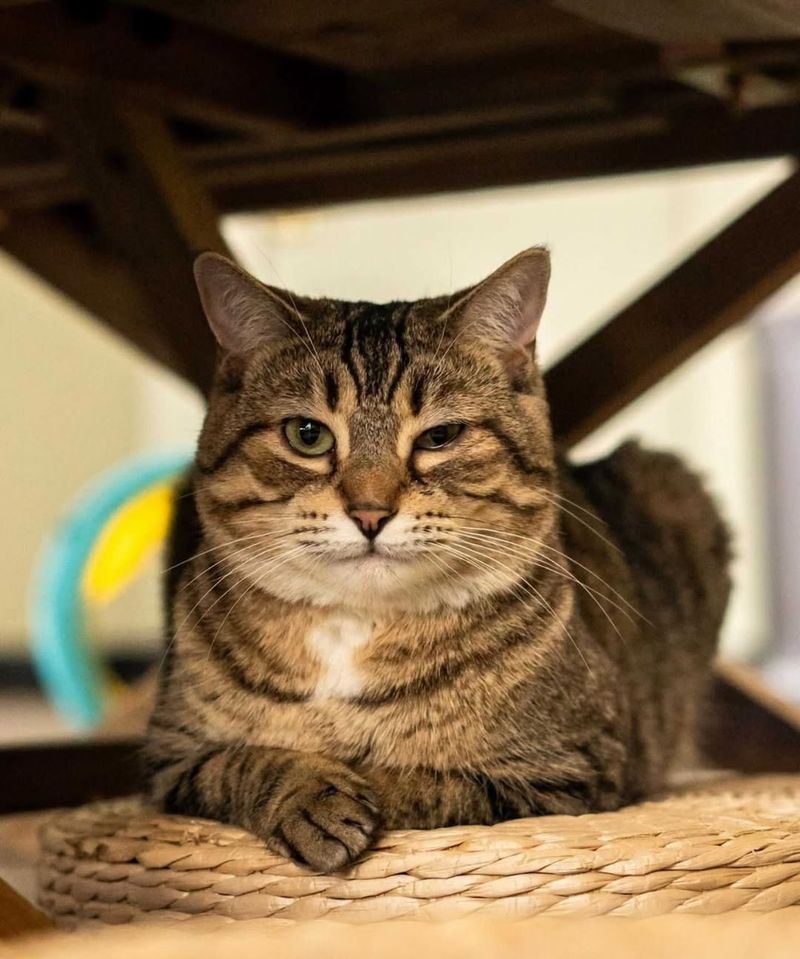
Cats are often misunderstood as solitary creatures, uninterested in human interaction. In truth, cats form strong bonds when treated with kindness and respect.
They can be incredibly affectionate, often following their owners around or curling up on laps. Each cat has its unique personality, ranging from independent to very sociable.
Understanding them leads to stronger, more rewarding relationships.
5. Milk Is Good For Cats
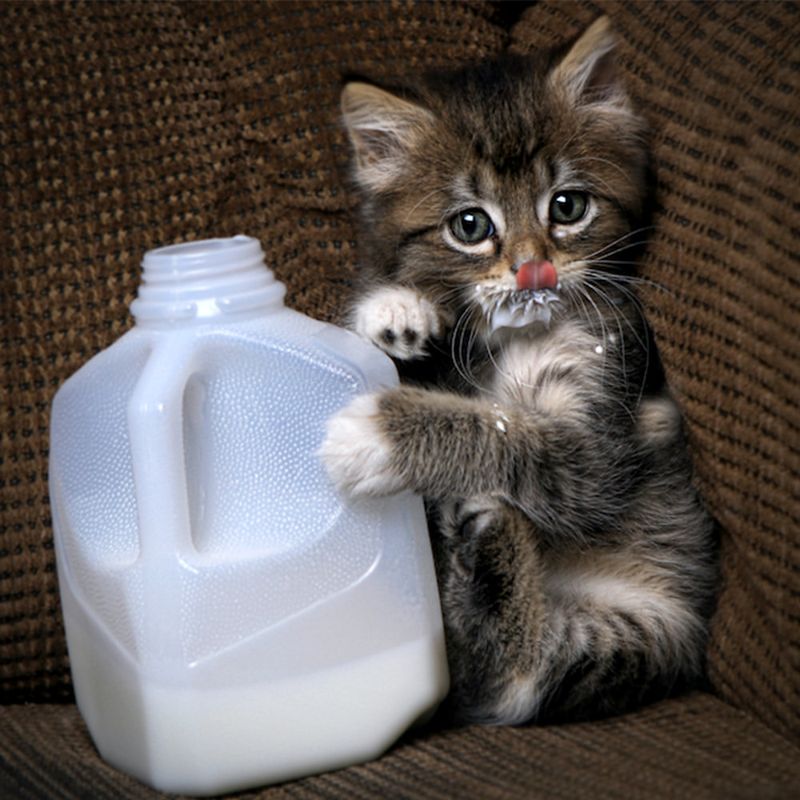
The notion of cats delighting in milk is widespread, thanks to cartoons and old tales.
However, many cats are lactose intolerant, meaning milk can cause digestive issues, including an upset stomach or diarrhea.
Occasionally, specially formulated cat milk can be offered as a treat. But remember, moderation is key to avoid tummy troubles.
6. Cats Hate Water

It’s a common belief that all cats despise water. While many prefer to stay dry, some breeds like the Turkish Van are known to enjoy a swim now and then.
Cats often dislike being drenched suddenly, but gentle exposure might change their mind. Understanding their preferences helps in managing their bathing and hydration needs.
Sometimes, curiosity wins over their aversion to water.
7. Cats Purr Only When Happy
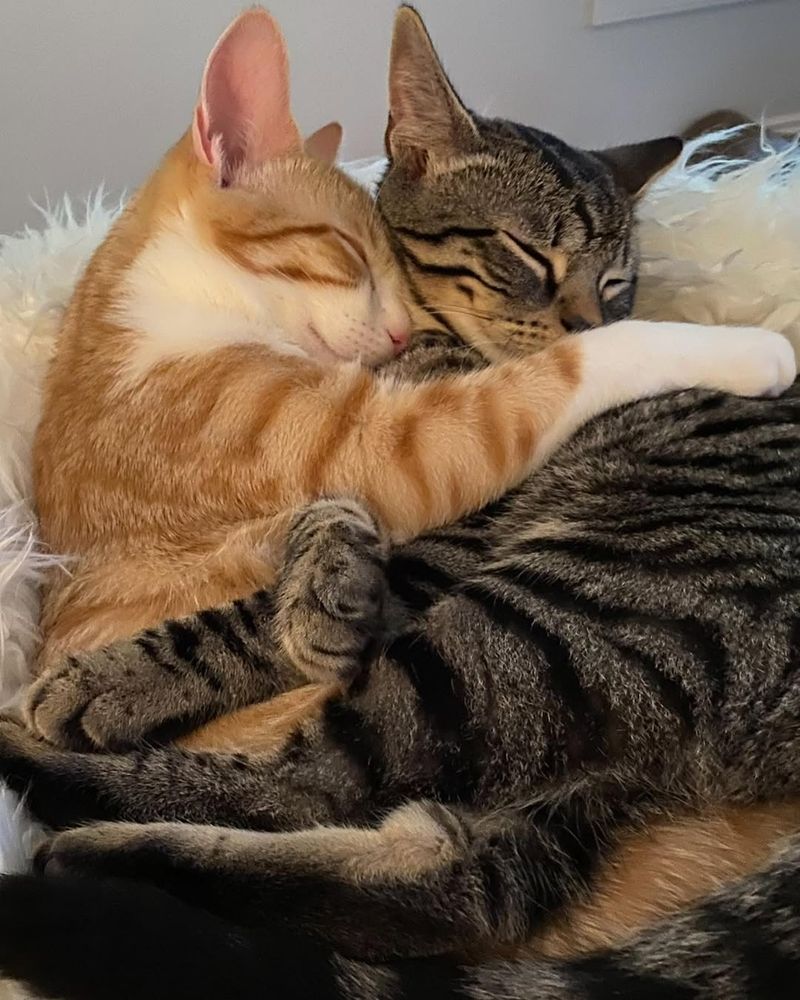
Though often linked to happiness, purring isn’t always a sign of a content cat.
Felines may purr when relaxed, but also when they’re stressed, unwell, or self-soothing. It’s important to watch for other body language to understand what your cat is really feeling.
That soft rumble might be comfort – or a subtle cue that something’s off.
8. Declawing Is Just A Nail Trim
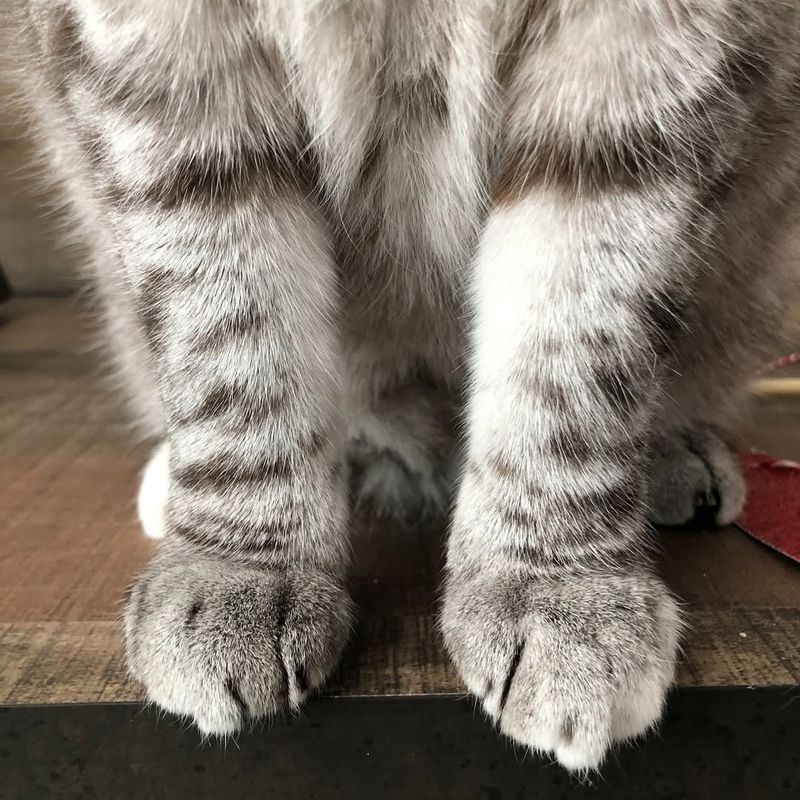
Some consider declawing as simple as a manicure, but it’s much more invasive. Declawing involves removing bones, leading to pain and long-term health issues.
It’s banned in many places due to its cruelty. Instead, regular nail trimming and providing scratching posts help manage their natural behavior.
Understanding the impact of declawing encourages more humane alternatives for feline care.
9. Indoor Cats Don’t Need Vaccines
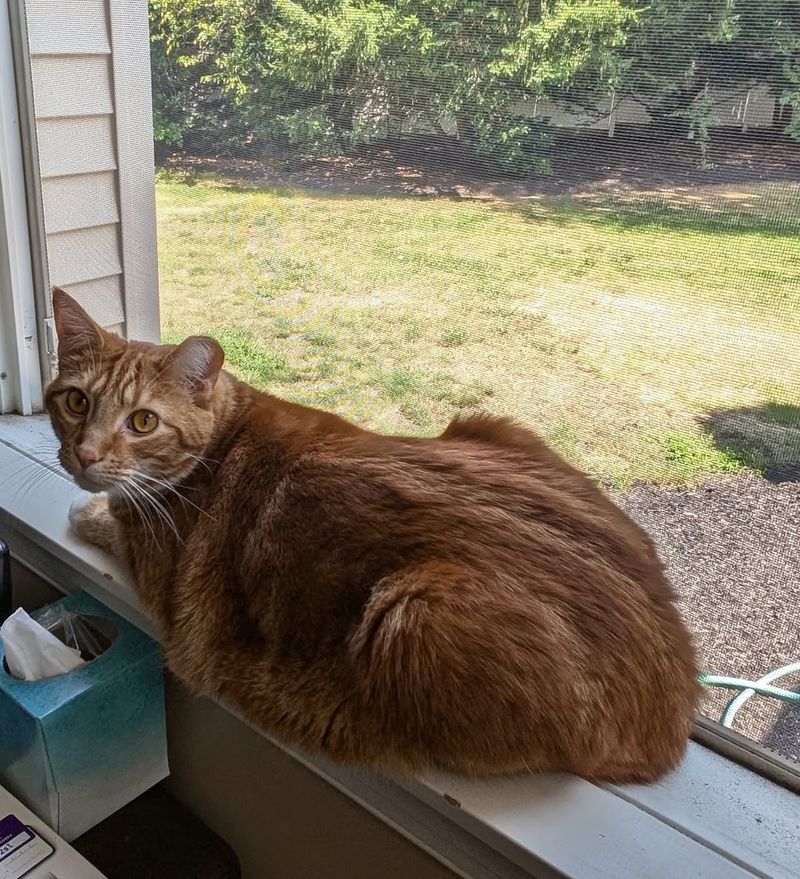
Living indoors doesn’t make a cat immune to disease, despite what the myth suggests.
Illnesses can still reach them through human hands, shoes, or other pets. Vaccines play a crucial role in safeguarding their health, even without outdoor exposure.
Routine check-ups and vaccinations help indoor cats live longer, healthier lives.
10. Cats Don’t Need Exercise

Contrary to some beliefs, cats need exercise to maintain physical and mental health. Engaging them in playful activities helps prevent obesity and boredom.
Toys, climbing trees, and interactive games stimulate their instincts and keep them fit.
A sedentary lifestyle can lead to health issues, so incorporate regular playtime to ensure a happy, healthy cat.
11. Cats And Dogs Can’t Get Along
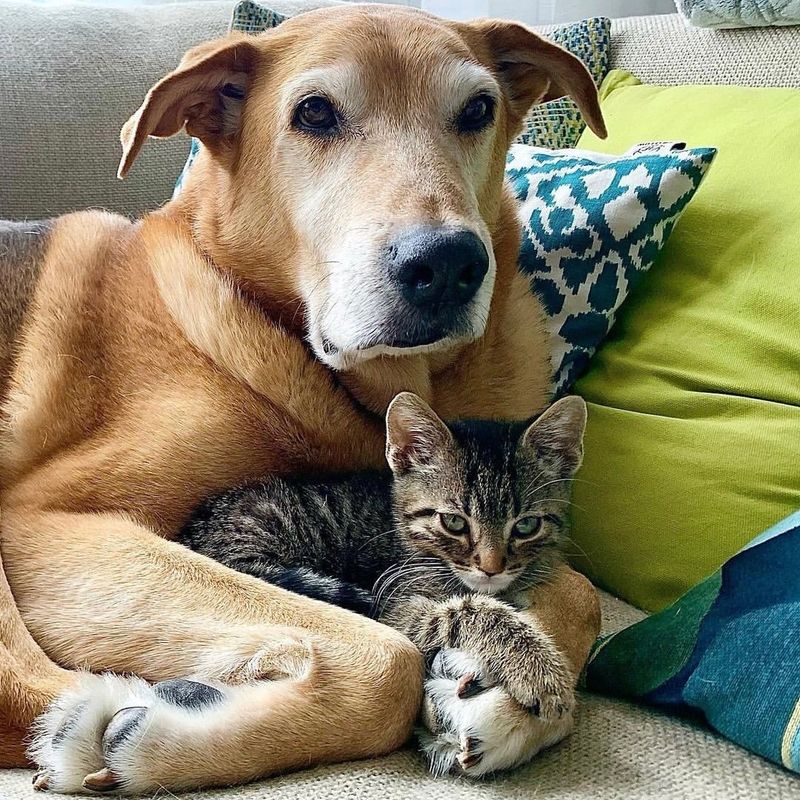
The old tale of cats and dogs always being at odds isn’t entirely true. With proper introductions and patience, they can form strong bonds.
Each animal has a unique personality, and understanding their needs is key to harmony.
Many households enjoy the company of both species, living together in mutual respect.
12. Cats See In Complete Darkness

It’s a captivating thought that cats see perfectly in pitch-black darkness. While they have superior night vision compared to humans, complete darkness is still a challenge.
Cats use their highly sensitive eyes to make the most of low light conditions. Their whiskers and keen senses also aid in nighttime exploration.
A dim environment is manageable, but total darkness can be disorienting for them.
13. Pregnant Women Should Avoid Cats

There’s a persistent myth about cats posing a danger to pregnant women due to toxoplasmosis. While it’s true that cat litter can pose a risk, simple precautions minimize it.
Regular cleaning and avoiding direct litter box contact are advised. Pregnant women don’t need to avoid cats altogether.
With these measures, enjoying a cat’s company is safe and rewarding, maintaining a joyful bond during pregnancy.
14. Cats Are Low-Maintenance Pets
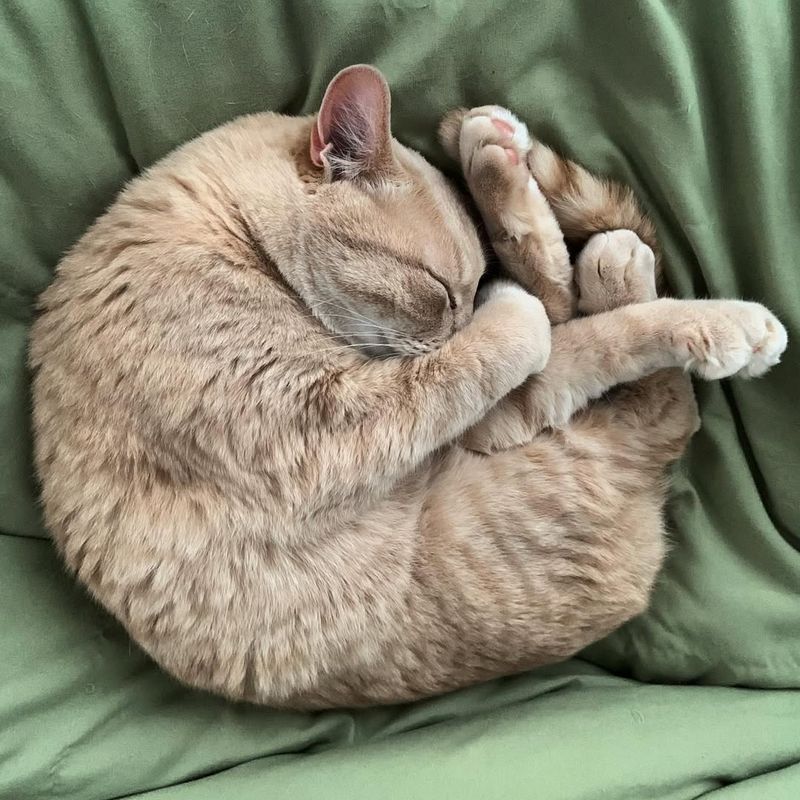
Cats are perceived as easy pets, but they require care and attention like any other animal. Regular feeding, grooming, and mental stimulation are essential to their well-being.
Neglecting these needs can lead to health and behavioral issues. Recognizing the responsibility of cat ownership ensures a fulfilling relationship.
They’re not entirely self-sufficient and thrive with dedicated care and love.
15. Cats Only Meow To Communicate With Humans

Meowing is often directed at humans, but cats use it to communicate with their environment too. It’s a versatile form of expression, conveying emotions and needs.
Cats may meow to other animals or objects they’re interested in. Observing their body language aids in understanding the context behind their vocalizations.
They have a rich communication style, going beyond just ‘talking’ to their human companions.
16. Cats Are Nocturnal
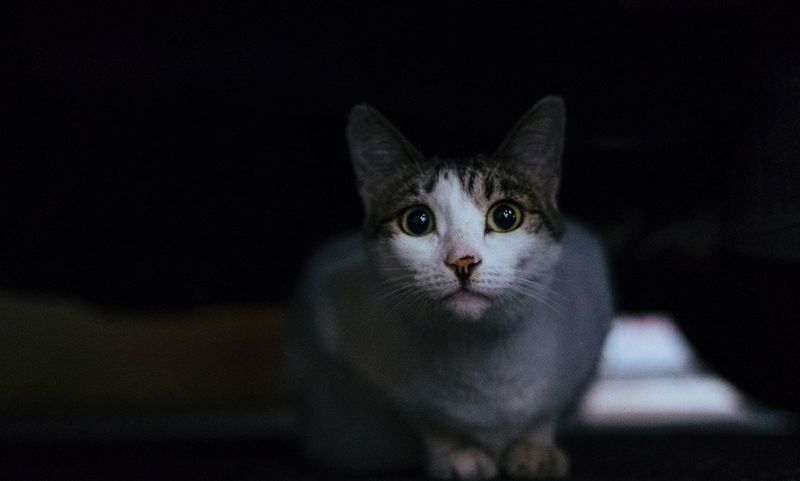
It’s often believed that cats are nocturnal, but they’re actually crepuscular, meaning active during dawn and dusk.
Their hunting instincts align with these times for optimal prey activity. While they may exhibit bursts of energy at night, they usually adapt to their owner’s schedule.
Providing structured playtime during the day helps manage their energy levels, ensuring restful nights for both cats and humans.
17. Cats Don’t Feel Pain Like Humans
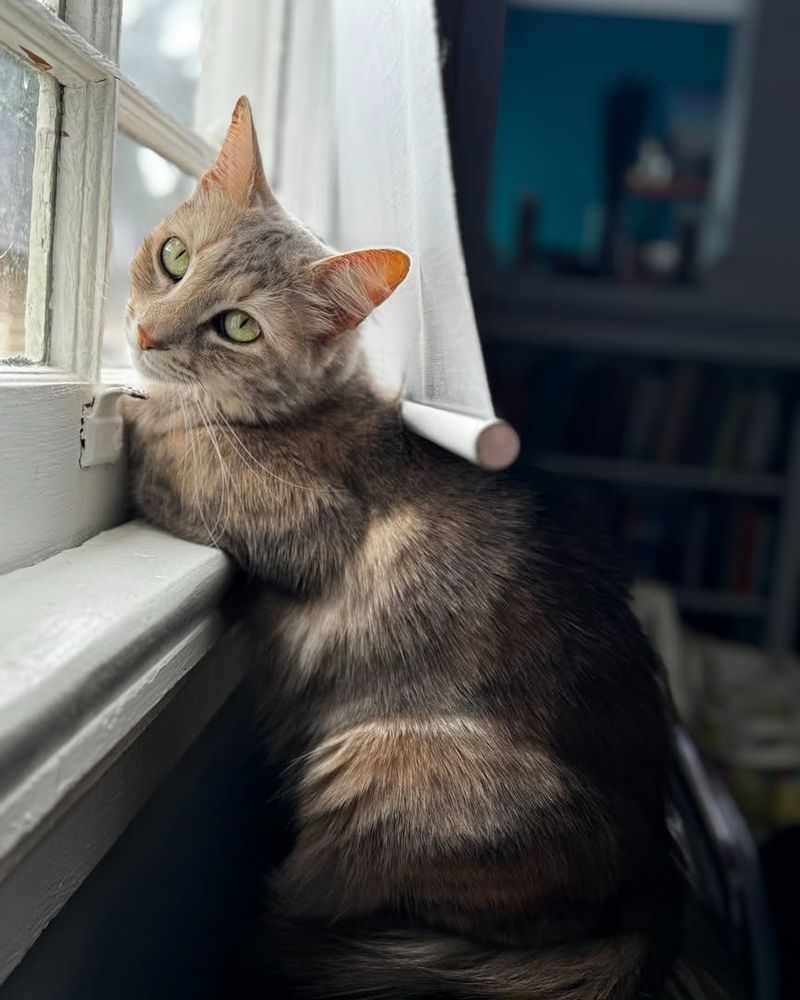
Cats experience pain similarly to humans, though they may hide it well. This stoicism stems from survival instincts to avoid appearing vulnerable.
Recognizing subtle signs of discomfort is crucial for timely medical intervention. Changes in behavior, appetite, or grooming habits are indicators to watch for.
Ensuring they receive compassionate care helps them recover, emphasizing the need for attentive and empathetic pet ownership.
18. Cats Are Self-Cleaning
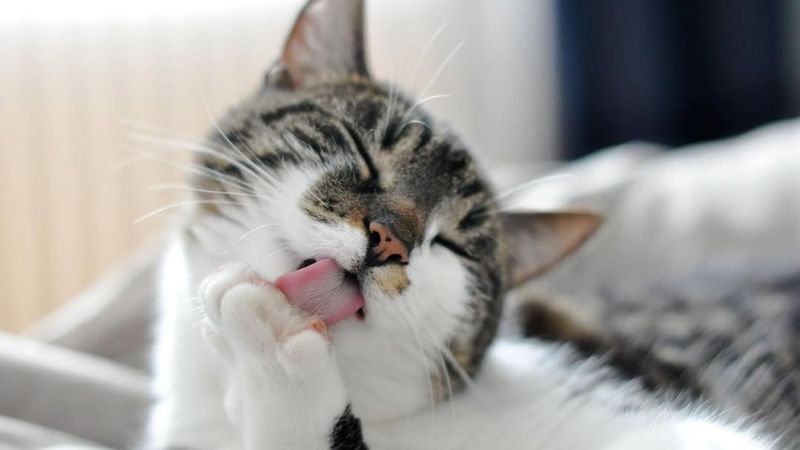
While cats are diligent groomers, they still benefit from human care. Regular brushing helps reduce shedding and prevents matting, especially in long-haired breeds.
Dental hygiene and ear cleaning are also important. Cats may miss spots or need assistance with hard-to-reach areas.
Understanding their grooming needs contributes to their overall health and happiness, ensuring they’re well-cared for beyond their self-grooming efforts.
19. You Can’t Teach A Cat Tricks
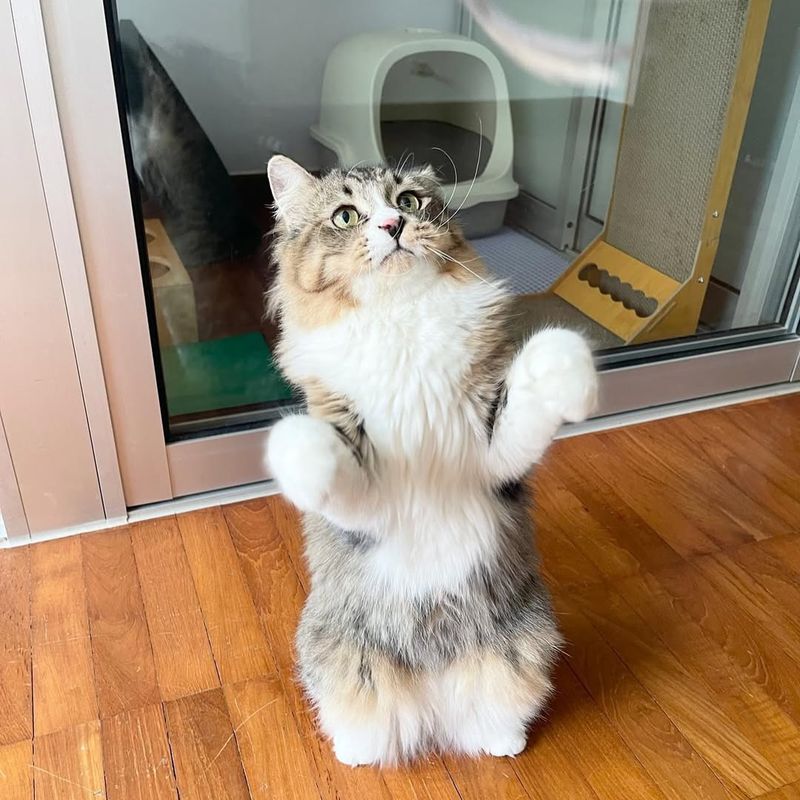
The belief that cats are untrainable dismisses their intelligence. With patience and positive reinforcement, cats can learn tricks and commands just like dogs.
Training enriches their environment, provides mental stimulation, and strengthens the human-cat bond. Tricks like high-fives, sit, and fetch are possible with consistency.
Encouraging this learning process opens up new avenues for interaction and fun with your feline friend.






